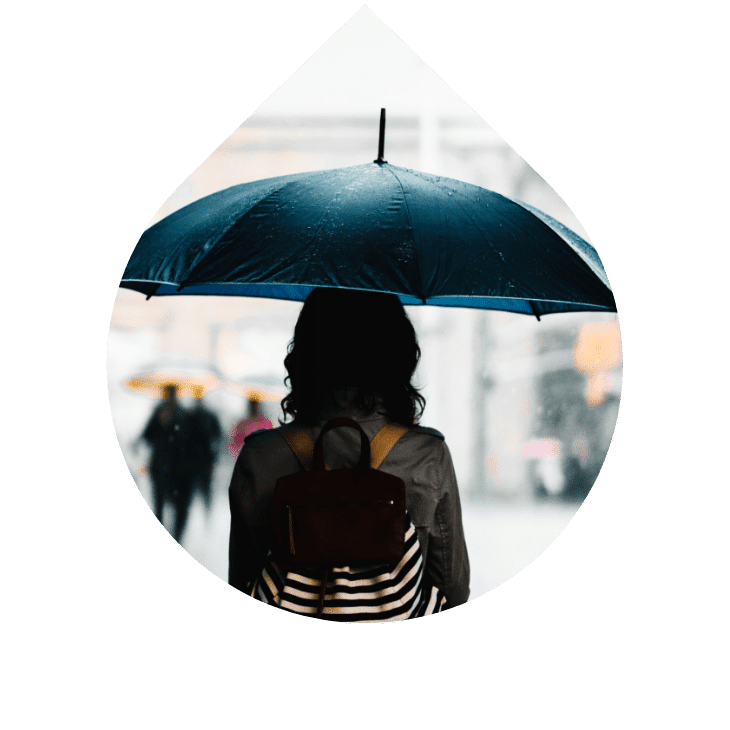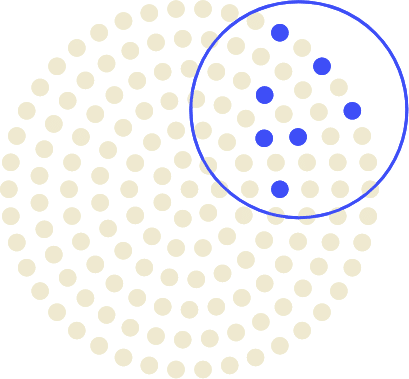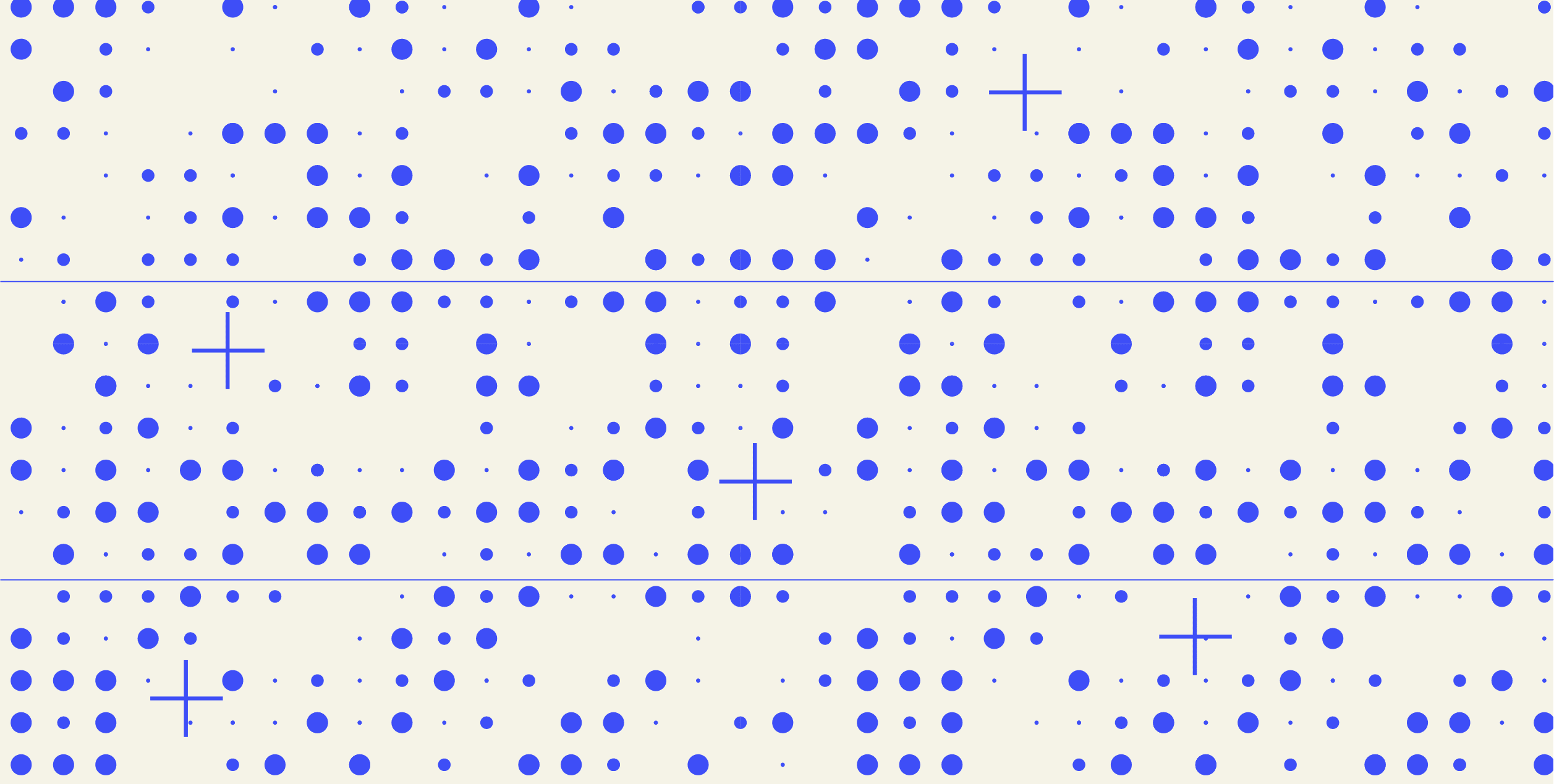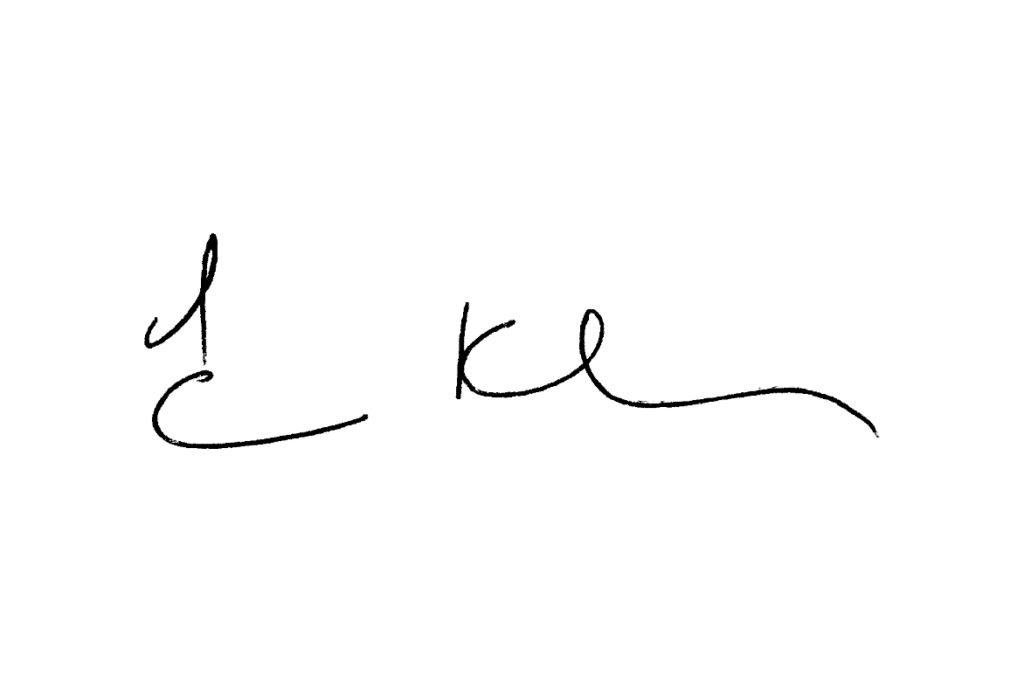THE BIG "WHAT IF?"
What if knowing your risk of infection was as easy as checking a forecast for rain?
What if knowing your risk
of infection was as easy as checking a forecast for rain?
The global human and economic cost of the COVID-19 pandemic will be enormous. Even though we know new contagions are inevitable, we can’t afford to pay that cost again. How can we avoid it? By making smart, simple-to-use tools that can be trusted to keep individuals safe, with the least possible disruption to their daily lives.


The Last Lockdown:
One Vision for a Pandemic-Free World
Eric Klasson - Founder of Pandemic Insights
Human behavior is key to shutting down person-to-person transmission of disease. It’s also one of the hardest things to modify, even when doing so saves lives. Once the COVID-19 pandemic passes, it seems likely that nations will find at least one reason the virus persisted through several waves of infection. Namely, significant numbers of people engaged in risky contact with others against the best scientific advice. How many we don’t yet know, but it was enough to keep the novel coronavirus alive, moving from host to host for more than a year, despite multiple government lockdowns.
To prevent the next outbreak from reaching epidemic or pandemic proportions, society needs to understand why people acted as they did, especially when those actions went against the basic drive for self-preservation.
Was it because they were unaware of the risks?
Did they know the risks but believe they were immune to them?
Or did they accept the risks and put themselves in danger anyway, perhaps out of necessity?
To know the risks and engage in dangerous behavior anyway was, we suspect, an economic necessity. Those with high-paying jobs, those of independent means, or those with access to resources and support might have been able absorb the extra costs of pandemic food delivery or survive a cut in pay.

Others weren’t so lucky. They had to risk their well-being to provide for themselves and their families, behavior one can hardly view as irresponsible. Inequity deserves serious attention, but addressing it will take time, perhaps generations. We don’t have that luxury. Instead, we should find ways to help people make safer choices while adding nothing to the financial burdens they already bear.
Those who knew the risks but ignored them might have done so for a number of reasons. Suspicion of authority. Ideological conflict. Simple recklessness. Even narcissistic or adolescent thinking, with its familiar feelings of invincibility. Changing these types of deep-seated attitudes and behaviors is problematic and immensely difficult. Even expressing a desire to do so would likely confirm this group’s reasons for mistrust. If leaders hope to end the spread of future contagions, we must not be preachers, but teachers. We must try not to change what people think. We must change what they know.
One welcome consequence of the pandemic is the great surge of scientific data collected by teams of researchers and public health workers. This information, much of it taxpayer-funded and therefore accessible to the public, pools in large, deep data lakes. Some of these lakes connect to other bodies of information. When the gates are open, data swims between them like fish in a canal. Meanwhile, fresh data flows in daily from a thousand streams. The volume of data is staggering. Without advances in computing speed, artificial intelligence, and machine learning, the secrets hidden in this data would be invisible, unknowable, and unusable. Like cosmic dark matter, we would know this “dark data” exists but not know what it means.
It is now within the capabilities of technologically advanced societies to analyze great inland seas of information and find a single fish, and from that fish feed multitudes with lifesaving knowledge. In our case, that means anyone’s personal risk of infection for any location on the planet, accessible to everyone regardless of means, and as easy to find and use as a forecast for rain. It’s a tall order, and an urgent one. One that can only be filled with cooperation and investment on a heroic scale. Pandemic Insights was conceived for just this purpose, for just this moment.

If leaders hope to
end the spread
of future contagions,
we must not
be preachers,
but teachers.

We must try not to
change what people
think. We must change
what they know.

Human behavior is key to shutting down person-to-person transmission of disease. It’s also one of the hardest things to modify, even when doing so saves lives. Once the COVID-19 pandemic passes, it seems likely that nations will find at least one reason the virus persisted through several waves of infection. Namely, significant numbers of people engaged in risky contact with others against the best scientific advice. How many we don’t yet know, but it was enough to keep the novel coronavirus alive, moving from host to host for more than a year, despite multiple government lockdowns.

To prevent the next outbreak from reaching epidemic or pandemic proportions, society needs to understand why people acted as they did, especially when those actions went against the basic drive for self-preservation.
Was it because they were unaware of the risks?
Did they know the risks but believe they were immune to them?
Or did they accept the risks and put themselves in danger anyway, perhaps out of necessity?
To know the risks and engage in dangerous behavior anyway was, we suspect, an economic necessity. Those with high-paying jobs, those of independent means, or those with access to resources and support might have been able absorb the extra costs of pandemic food delivery or survive a cut in pay.

Others weren’t so lucky. They had to risk their well-being to provide for themselves and their families, behavior one can hardly view as irresponsible. Inequity deserves serious attention, but addressing it will take time, perhaps generations. We don’t have that luxury. Instead, we should find ways to help people make safer choices while adding nothing to the financial burdens they already bear.
Those who knew the risks but ignored them might have done so for a number of reasons. Suspicion of authority. Ideological conflict. Simple recklessness. Even narcissistic or adolescent thinking, with its familiar feelings of invincibility. Changing these types of deep-seated attitudes and behaviors is problematic and immensely difficult. Even expressing a desire to do so would likely confirm this group’s reasons for mistrust. If leaders hope to end the spread of future contagions, we must not be preachers, but teachers. We must try not to change what people think. We must change what they know.

One welcome consequence of the pandemic is the great surge of scientific data collected by teams of researchers and public health workers. This information, much of it taxpayer-funded and therefore accessible to the public, pools in large, deep data lakes. Some of these lakes connect to other bodies of information. When the gates are open, data swims between them like fish in a canal. Meanwhile, fresh data flows in daily from a thousand streams. The volume of data is staggering. Without advances in computing speed, artificial intelligence, and machine learning, the secrets hidden in this data would be invisible, unknowable, and unusable. Like cosmic dark matter, we would know this “dark data” exists but not know what it means.
It is now within the capabilities of technologically advanced societies to analyze great inland seas of information and find a single fish, and from that fish feed multitudes with lifesaving knowledge. In our case, that means anyone’s personal risk of infection for any location on the planet, accessible to everyone regardless of means, and as easy to find and use as a forecast for rain. It’s a tall order, and an urgent one. One that can only be filled with cooperation and investment on a heroic scale. Pandemic Insights was conceived for just this purpose, for just this moment.

Eric Klasson
Founder of Pandemic Insights
The next normal arrives: Trends that will define 2021—and beyond
“No doubt, governments all over the world will set up task forces, inquiries, and commissions to examine their actions related to the COVID-19 crisis. The key is to go beyond the temptation simply to assign blame (or credit). Instead, the efforts need to be forward thinking, with an emphasis on turning the painful lessons of COVID-19 into effective action. Being better prepared for the next pandemic, on both national and international levels, has to be a high priority.”

